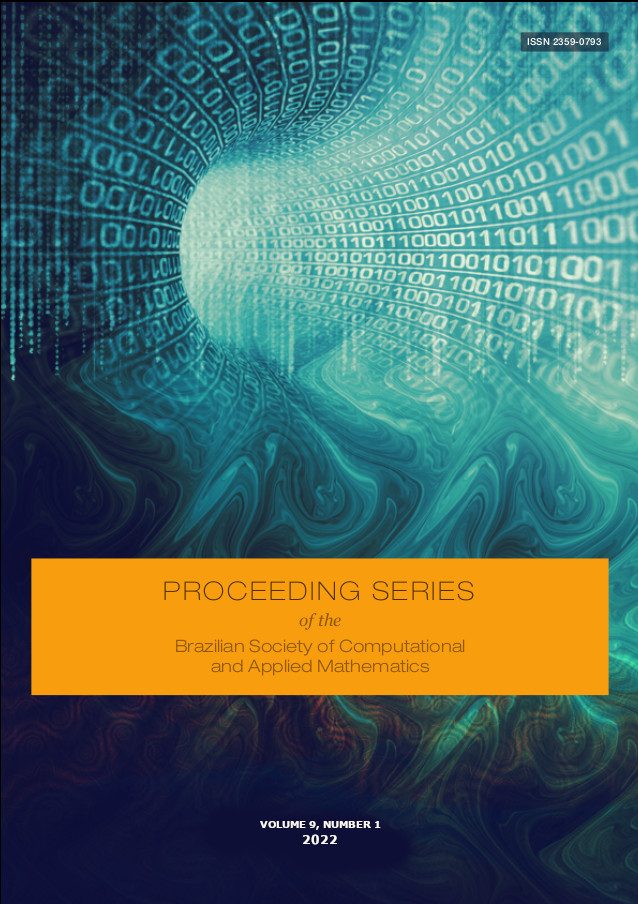Temperature-based Dengue Outbreaks Modelling with Exogenous Variables
DOI:
https://doi.org/10.5540/03.2022.009.01.0311Palavras-chave:
Dengue, Temperature-based Models, SIR-SI.Resumo
Dengue fever is an endemic disease, present in tropical and subtropical regions, transmitted by the Aedes Aegypti mosquito vector. It has recently appeared in non-tropical regions with dry weather. This represents a setback for advanced temperature-based reference models, since mosquitos reproductive cycle does not necessarily match with the outbreaks. This situation indicates that other variables are also involved in epidemic outbreaks. In this work we propose to include a component that capture this process, whether entomological, environmental or related to population mobility, and include it to the reference model by adding a Gaussian function to the formulation of humans (βh ) and vectors (βv ) transmission rate. The parameters to be adjusted for this function were evaluated by a probabilistic model selection experiment. The parameters for this function are u, σ and k. The results indicate that, our model outperforms the reference model, and that additional information about outbreaks can be obtained from the new parameters. .
Downloads
Referências
H. Akaike. “Information theory and an extension of the maximum likelihood principle”. In: Selected papers of hirotugu akaike. Springer, 1998, pp. 199–213.
J. V. Bogado. “Time series clustering and data augmentation techniques to improve the forecast of Dengue cases in Paraguay with deep learning”. Master dissertation. Universidad Nacional de Asunción, Facultad Politécnica, 2021.
J. V. Bogado et al. “Time Series Clustering to Improve Dengue Cases Forecasting with Deep Learning”. In: 2021 XLVII Latin American Computing Conference (CLEI). IEEE. 2021, pp. 1–10. [4] M. Derouich, A. Boutayeb, and E. H. Twizell. “A model of dengue fever”. In: Biomedical engineering online 2.1 (2003), pp. 1–10.
S. Gómez-Guerrero et al. “Measuring Interactions in Categorical Datasets Using Multivariate Symmetrical Uncertainty”. In: Entropy 24.1 (2021), p. 64.
H. Lee et al. “Potential effects of climate change on dengue transmission dynamics in Korea”. In: PLoS One 13.6 (2018), e0199205.
J. M. Reinhold, C. R. Lazzari, and C. Lahondère. “Effects of the environmental temperature on Aedes aegypti and Aedes albopictus mosquitoes: a review”. In: Insects 9.4 (2018), p. 158. [8] C. Rodrıguez. “The ABC of model selection: AIC, BIC and the new CIC”. In: AIP Conference Proceedings. Vol. 803. 1. American Institute of Physics. 2005, pp. 80–87.
P. Virtanen et al. “SciPy 1.0: fundamental algorithms for scientific computing in Python”. In: Nature methods 17.3 (2020), pp. 261–272.

